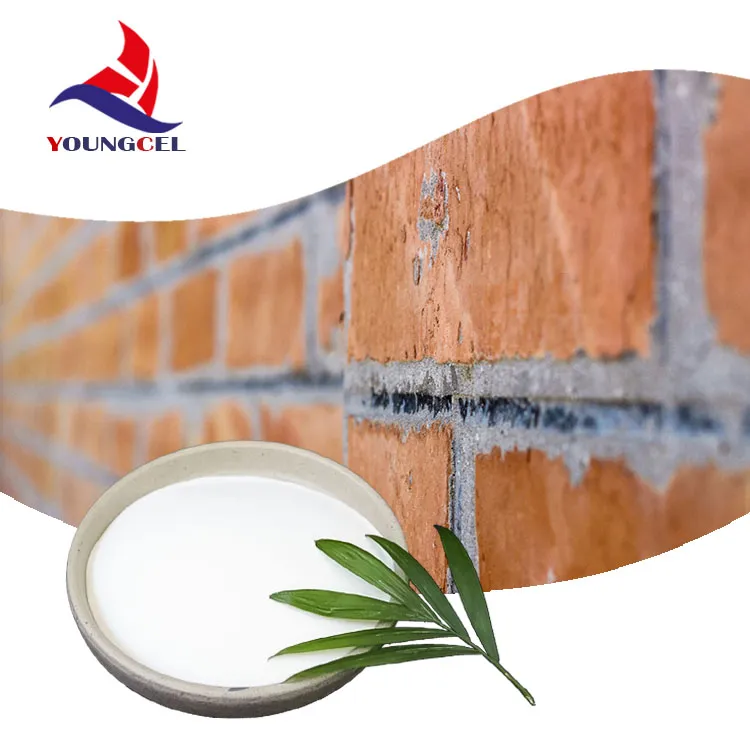Cellulose Polymer Nature's Versatile Biopolymer
Cellulose, the most abundant organic polymer on Earth, is a complex carbohydrate that forms the structural component of the primary cell wall of green plants, algae, and some fungi. Being a polysaccharide consisting of numerous glucose units linked by β-1,4-glycosidic bonds, cellulose exhibits unique properties that render it one of the most important biopolymers available in nature. Its applications span a multitude of industries, including textiles, pharmaceuticals, food, and biotechnology.
One of the most remarkable features of cellulose is its biodegradability. Unlike synthetic polymers, which can take centuries to decompose, cellulose is broken down by microorganisms in the environment, leading to minimal ecological impact. This property has spurred interest in utilizing cellulose as a sustainable alternative to traditional petroleum-based materials. The push towards sustainable materials in recent years has further propelled research into cellulose derivatives, such as cellulose acetate, carboxymethyl cellulose, and microcrystalline cellulose, which possess modified properties to suit specific applications.
Cellulose Polymer Nature's Versatile Biopolymer
Cellulose also plays a critical role in the pharmaceutical sector. It is widely used as a binder in granules, a disintegrant in tablets, and a stabilizer in liquid formulations. Microcrystalline cellulose, a purified form of cellulose, is particularly favored due to its non-toxicity and biocompatibility. It enhances the delivery of active pharmaceutical ingredients due to its ability to improve flow properties in tablet formulations. With ongoing research focusing on drug delivery systems, cellulose-based polymers are being explored for their potential to provide controlled release mechanisms, thus optimizing therapeutic outcomes.
'cellulose polymer'

Moreover, cellulose's applications extend into the food industry, where it's commonly used as a food additive. Cellulose and its derivatives improve the texture, appearance, and stability of various food products. For instance, carboxymethyl cellulose is employed as a thickening agent and stabilizer in ice creams and salad dressings, helping to improve mouthfeel while retaining moisture. As consumers demand healthier and more natural food products, the incorporation of cellulose into food formulations is growing, resulting in cleaner labels and enhanced nutrition profiles.
In addition to these applications, cellulose-based nanomaterials have garnered significant attention in recent years. The potential of cellulose nanofibers and nanocrystals is being harnessed in diverse fields such as renewable energy, electronics, and nanocomposites. These nanomaterials possess high strength and lightweight properties, making them ideal for developing next-generation materials such as biodegradable plastics and composites with enhanced physical and chemical properties. Their renewable nature aligns with the global shift towards sustainable practices and has opened up new avenues for innovation.
The future of cellulose polymers looks promising, with ongoing research and development aimed at unlocking their full potential. As environmental concerns rise, industries are increasingly seeking eco-friendly alternatives, and cellulose stands out as a frontrunner. Efforts are being made to enhance the extraction processes, optimize the modification techniques, and explore novel applications of cellulose in emerging technologies.
In conclusion, cellulose remains an essential polymer with a wealth of applications. Its natural abundance, biodegradability, and versatility make it a valuable resource in the quest for sustainable solutions. As we move towards a more environmentally conscious world, cellulose polymers will play an integral role in transforming industries while promoting ecological balance. From textiles to pharmaceuticals and food to nanotechnology, the future of cellulose is bright, enabling a shift towards greener and more sustainable practices.
-
Rdp Powder: Key Considerations for Wholesalers in the Building Materials IndustryNewsJul.08,2025
-
Key Considerations for Wholesalers: Navigating the World of Hpmc - Based ProductsNewsJul.08,2025
-
Hpmc Detergent: Key Considerations for WholesalersNewsJul.08,2025
-
Key Considerations for Wholesalers: China Hpmc For Tile Adhesive, Coating Additives, Concrete Additives, and MoreNewsJul.08,2025
-
Crucial Considerations for Wholesalers: Navigating the World of Construction MaterialsNewsJul.08,2025
-
Key Considerations for Wholesalers Sourcing Additive For Cement, Additive For Concrete, Additive For Putty from Additive Manufacturer Shijiazhuang Gaocheng District Yongfeng Cellulose Co., Ltd.NewsJul.08,2025




